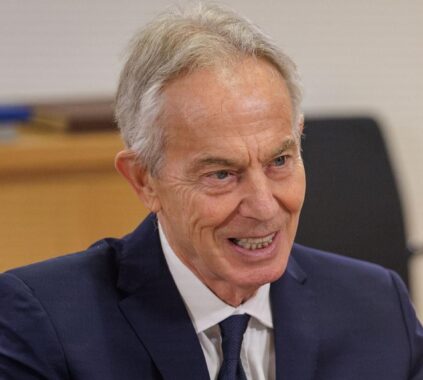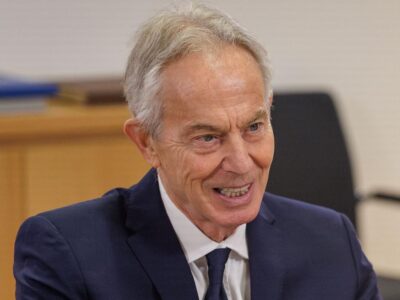LONDON: Data indicating relatively robust US demand also helped oil prices rise more than 1 percent Wednesday as investors evaluated the durability of an Iranian-Israeli ceasefire. At 12:02 p.m. Saudi time, US West Texas Intermediate crude rose 94 cents, or 1.5 percent, to $65.31, while Brent oil futures were up 99 cents, or 1.5 percent, at $68.13 a barrel. Tuesday’s closing prices for Brent and WTI were the lowest since June 10 and June 5, respectively, prior to Israel’s surprise June 13 strike on Iranian military and nuclear installations.
Following the US strike on Iran’s nuclear facilities over the weekend, prices surged to five-month highs. Giovanni Staunovo, a commodity analyst at UBS, stated that worries over interruptions in the oil supply had decreased. “The drawdown demonstrates that US demand is still strong and that trade tensions were not as severe as some had feared.” According to market sources quoting data from the American Petroleum Institute on Tuesday, industry data indicated that US oil stocks decreased by 4.23 million barrels in the week ending June 20.
Additionally, market predictions that interest rate cuts may occur soon in the US are providing some support to traders and experts. Generally speaking, lower interest rates increase demand for oil and economic development. According to OANDA senior market analyst Kelvin Wong, “Fed Chair Powell’s first testimony to Congress (yesterday) has hinted at a slight chance of bringing forward the first rate cut of 2025 to July… which should offer some form of floor on oil prices from the demand side.”
Expectations of rate reduction by the Federal Reserve this year were reinforced by a plethora of US macroeconomic data that was released overnight, including consumer confidence, which suggested that economic growth in the world’s top oil user may have been less than anticipated.
Also Read:
A Training Program is Launched in Comoros by an Islamic Alliance


































